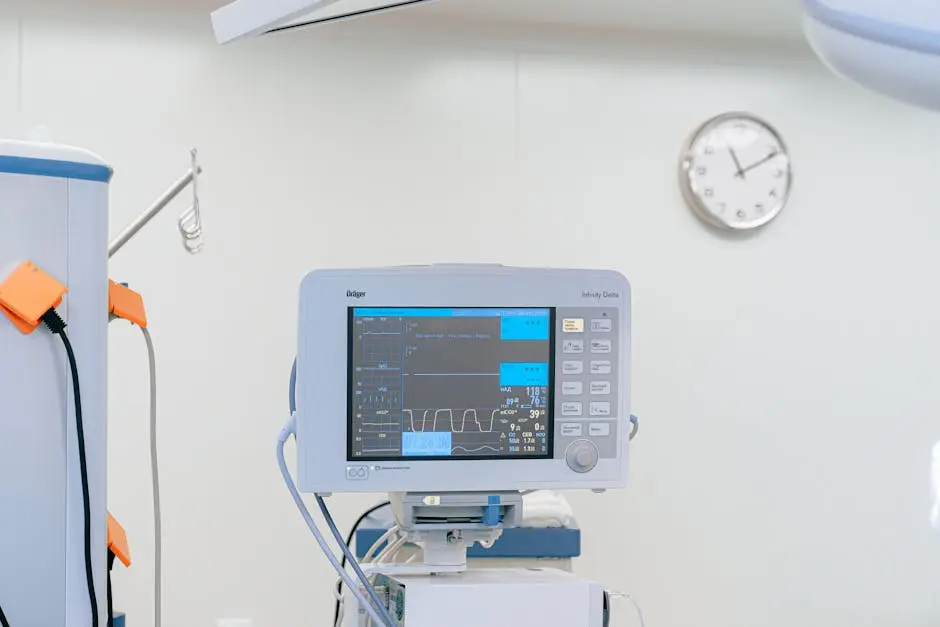How Do I Choose the Right Clinical Device for My Needs?
Choosing the right clinical device can be a daunting task, especially with the variety of options available today. This guide will help you navigate the selection process, ensuring you find a device that fits your specific needs, enhancing both your practice and patient care.
Identify Your Specific Needs
Start by detailing what you need the clinical device to accomplish in your practice. Consider factors like the type of patients you’ll serve and the procedures you’ll perform.
It’s crucial to think about the unique challenges and requirements of your specific field. For instance, if you’re working in pediatrics, the device must cater to younger patients, which demands special considerations.
Additionally, reflecting on past challenges you’ve faced helps pinpoint critical functionalities. For example, if patient monitoring has been a struggle, look for devices that enhance connectivity and ease of use.
Ultimately, a well-defined outline of your needs sets a strong foundation for your search. This clarity will help you communicate effectively with vendors later in the process.
Research Available Options
Look into various clinical devices available in the market. Compare features, benefits, and reviews to narrow down your choices.
Online resources, including peer-reviewed articles, can provide insights into the latest innovations in clinical devices. Keep an eye out for articles that discuss strengths and weaknesses of specific models.
Don’t forget to use forums and discussion boards. Many healthcare professionals share their firsthand experiences, which can be invaluable in understanding how devices perform in real-life situations.
In addition, manufacturer websites often provide comprehensive data. Documents such as user manuals and technical specifications can give you a deep understanding of the device’s capabilities.
Consult with Professionals
Reach out to colleagues and industry experts for their insights on the devices you’ve shortlisted. Their experiences can provide valuable perspectives.
Joining professional groups or networks can further enhance your consultations. Engaging with a community encourages information sharing and can lead to recommendations you may not have considered.
Moreover, don’t hesitate to attend trade shows or expos related to your field. These events often include panels where experts discuss their experiences and insights about various clinical devices.
Remember, collaboration within your professional network can help reveal lesser-known devices that might be a perfect fit for your practice.
Consider Budget and Funding Options
Assess your budget and explore funding options available for acquiring the device. Keep in mind both the upfront costs and long-term value.
Consider total cost of ownership, which includes maintenance, upgrades, and potential training costs. A cheaper device may not always provide the best value if it needs frequent repairs.
Investigate funding opportunities available through grants, loans, or partnerships with health organizations. Many institutions offer financial assistance tailored for healthcare providers.
By planning your budget with foresight, you can make a far more informed decision regarding which clinical device to invest in, ensuring sustainability for your practice.
Request Demonstrations or Trials
Whenever possible, request demonstrations or trial periods for the devices. Hands-on experience can help you evaluate how well a device meets your needs.
Test how intuitive the device is to use and whether it integrates well into your current workflow. Remember, ease of use can directly affect the quality of care you provide.
Also, pay attention to how your team responds to the device during trials. Their feedback is crucial, as they will be the ones using it daily.
If a trial isn’t available, at least ask for a thorough demonstration. The more information you gather before making a decision, the smoother the transition will be for everyone involved.
Evaluate Support and Training
Investigate the level of support and training the manufacturer provides. Having robust support can significantly ease the adaptation process for you and your staff.
Training programs provided by the manufacturer can range from basic operations to advanced troubleshooting. Ensure you understand what training is included with your purchase.
Consider the availability of customer service; reliable support can save you time and stress when an issue arises. Check reviews specifically mentioning the support experience.
Ultimately, investing in devices with solid support and training can dramatically impact your satisfaction and efficiency down the road.
Final Thoughts
Selecting the right clinical device doesn’t have to be overwhelming. By understanding your needs, researching options, and consulting with experts, you can make an informed decision that best serves your patients and practice.




